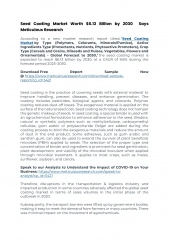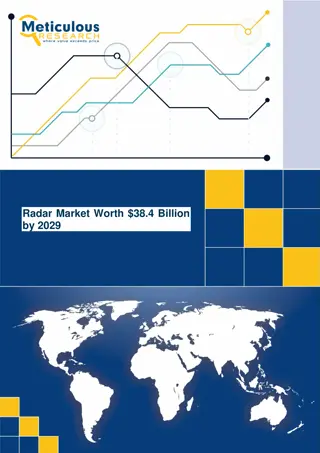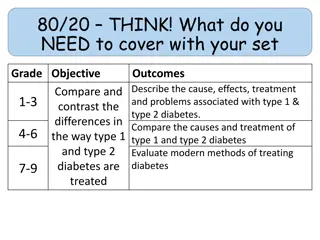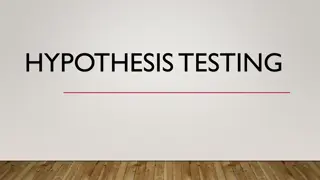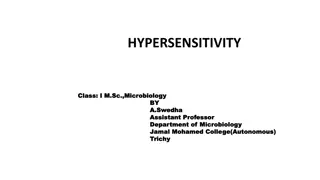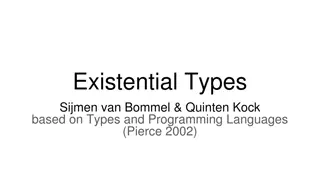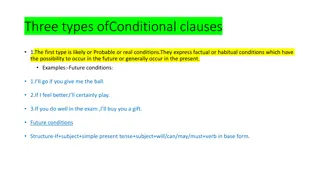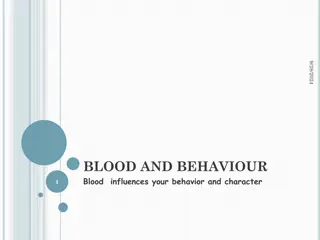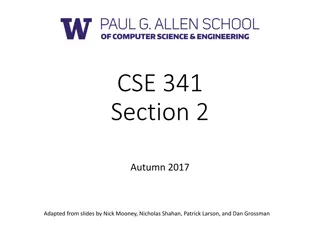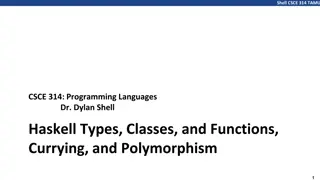MCTA What is My Type?
Explore the concept of psychological type theory by Carl G. Jung and the Myers Briggs Type Indicator, focusing on innate preferences and enduring characteristics that shape individual personalities. Discover how understanding these personality types can enhance self-awareness and personal growth.
Download Presentation

Please find below an Image/Link to download the presentation.
The content on the website is provided AS IS for your information and personal use only. It may not be sold, licensed, or shared on other websites without obtaining consent from the author.If you encounter any issues during the download, it is possible that the publisher has removed the file from their server.
You are allowed to download the files provided on this website for personal or commercial use, subject to the condition that they are used lawfully. All files are the property of their respective owners.
The content on the website is provided AS IS for your information and personal use only. It may not be sold, licensed, or shared on other websites without obtaining consent from the author.
E N D
Presentation Transcript
MCTA What is My Type? Mary Flanders Aicardi, Human Resources Practice Leader Mary. Aicardi@umb.edu
Mary Flanders Aicardi Human Resources Practice Leader Practice Areas Collins Center Work Introduction PARTICIPANT INTRODUCTIONS NAME MUNICIPALITY - ROLE
Age and Dementia Friendly Best Practices Diversity, Equity, and Inclusion (DEI) Best Practices Economic Development Best Practices Education Best Practices Energy and Environment Best Practices Financial Management Best Practices Housing and Livable Communities Best Practices COMMUNITY COMPACT BEST PRACTICE GRANT PROGRAM https://www.mass.gov/info-details/community-compact-best-practice- areas
Human Resources Best Practices Information Technology Best Practices Mental Health Best Practices Public Accessibility Best Practices Public Health Best Practices Public Safety Best Practices Regionalization/Shared Services Best Practices Transportation & Public Works Best Practices Veterans Services Best Practices Workforce Development Best Practices Best Practice Areas
Managing Self: Cultivate Self-Awareness
Cultivate Self-Awareness
Personality: Innate preferences for how we think, feel, and act on most occasions Inborn characteristics that are enduring Personality type reflects individual s preferences, not abilities, likelihood of success, intelligence, character, or skills 7
Psychological type theory -- Carl G. Jung (1875 1961) Myers Briggs Type Indicator Katherine Cook Briggs (1875 1968) and daughter Isabel Briggs Myers (1897 1980) developed the assessment Builds on and expands Jung s theory by applying to the understanding of people
The MBTI assessment describes four pairs of opposite preferences. We all use both preferences in each pair, but we use one more than the other. is designed to indicate our inborn preferences; not designed to measure skills or effects of environment. Has been taken by millions worldwide since first publication in 1962.
HOW people direct and receive energy People who prefer People who prefer Direct their energy and attention outward Direct their energy and attention inward EXTRAVERSION INTROVERSION Focus on the outside world of people and activity Focus on their inner world of ideas and experiences Are energized by interacting with others Are energized by opportunity to reflect Are sociable and expressive Are private and contained Prefer to communicate by talking Prefer to communicate in writing Work out ideas by talking them through Work out ideas by reflecting on them 12
Question If I were to bring you to a social right now where you know some folks and not all, how are you feeling about this as I talk about it? How do you typically behave in these type of situations?
Process in large group: o Reflect on the workplace, and what this can mean for supervision. o How do you feel you are stretched in this preference dichotomy as a supervisor? o What particular strengths does the other preference letter contribute at work?
HOW people take in information People who prefer SENSING People who prefer INTUITION Focus on what is real and actual Focus on the patterns and meanings in data Observe and remember specifics Focus on future possibilities, big picture Trust experience Trust inspiration Build carefully and thoroughly toward conclusions Move quickly to conclusions, follow hunches Understand ideas and theories through practical applications Want to clarify ideas and theories before putting them into practice 15
TASK: Describe this room.
Process in large group: o Reflect on the workplace, and what this can mean for supervision. o How do you feel you are stretched in this preference dichotomy as a supervisor? o What particular strengths does the other preference letter contribute at work?
HOW people make decisions Like to decide things by looking at the logical consequences of their choice or action Like to decide things by considering what s important to them and to others involved People who prefer THINKING People who prefer FEELING Step back to get an objective view Step in to identify with those involved Analyze Empathize Use cause-and-effect reasoning Are guided by personal and social values Strive for an objective standard of truth Strive for understanding, harmony, and positive interactions Are fair want everyone treated equally Are fair want everyone treated as an individual 18
QUESTION When getting a gift for someone you know, what are the top three things you consider?
Process in large group: o Reflect on the workplace, and what this can mean for supervision. o How do you feel you are stretched in this preference dichotomy as a supervisor? o What particular strengths does the other preference letter contribute at work?
HOW people approach the outside world People who prefer JUDGING Want the external world to be organized and orderly Seek to experience the world, not organize it People who prefer PERCEIVING Look at the world and see decisions that need to be made Look at the world and see options that need to be explored Scheduled Spontaneous Organize their lives Flexible Make short- and long- term plans Adapt, change course Like to have things decided Like to keep things loose and are open to change Try to avoid last-minute stress Find last-minute pressures energizing 21
QUESTION You re taking a trip, how do you get ready?
Process in large group: o Reflect on the workplace, and what this can mean for supervision. o How do you feel you are stretched in this preference dichotomy as a supervisor? o What particular strengths does the other preference letter contribute at work?
REMEMBER MBTI IS A TOOL TO HELP YOU NAVIGATE SUPERVISION YOU NEED TO ADAPT TO THEY TYPE OF YOUR EMPLOYEES MBTI IS NOT A DIAGNOSIS Moving Forward

 undefined
undefined




